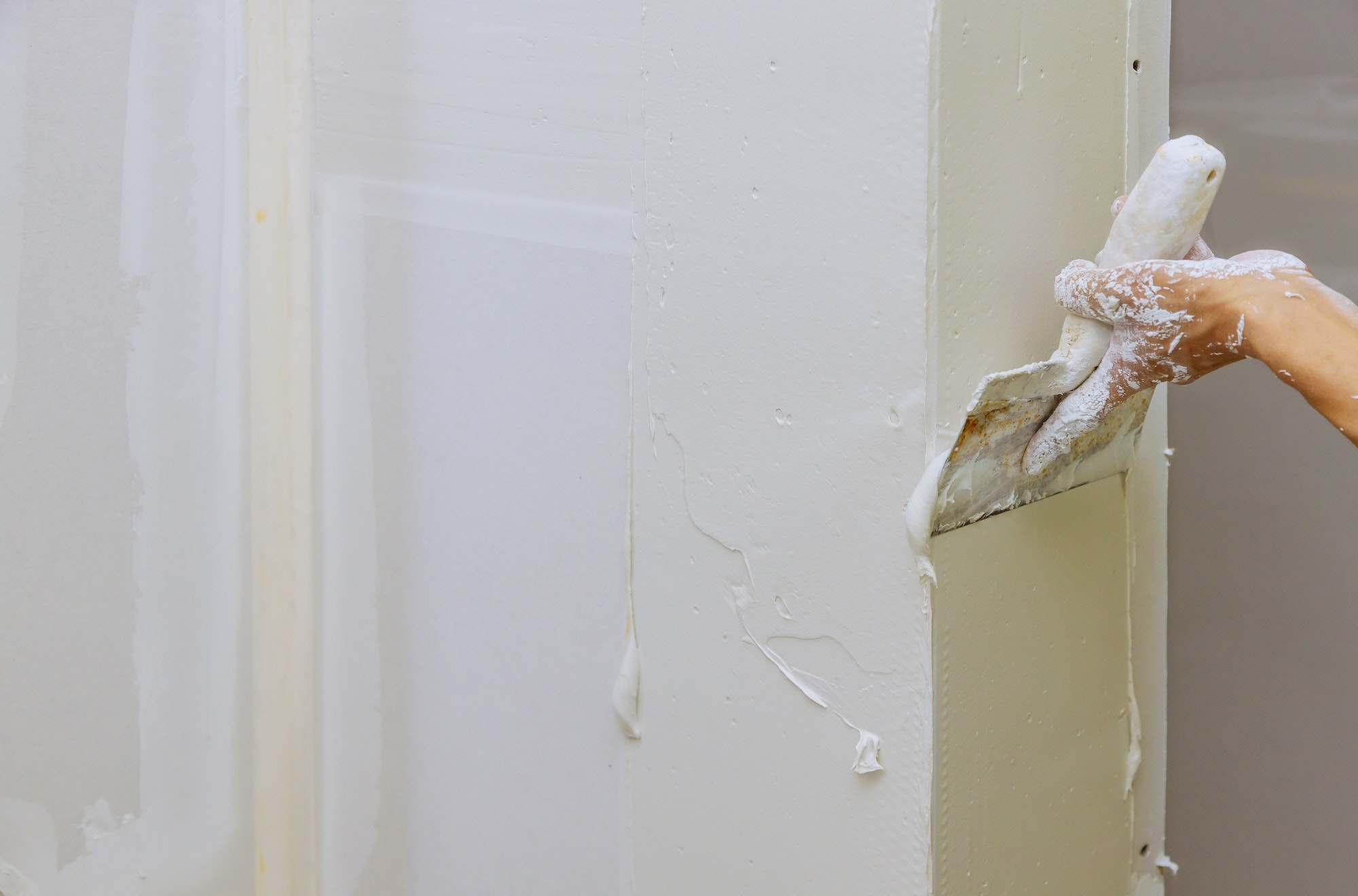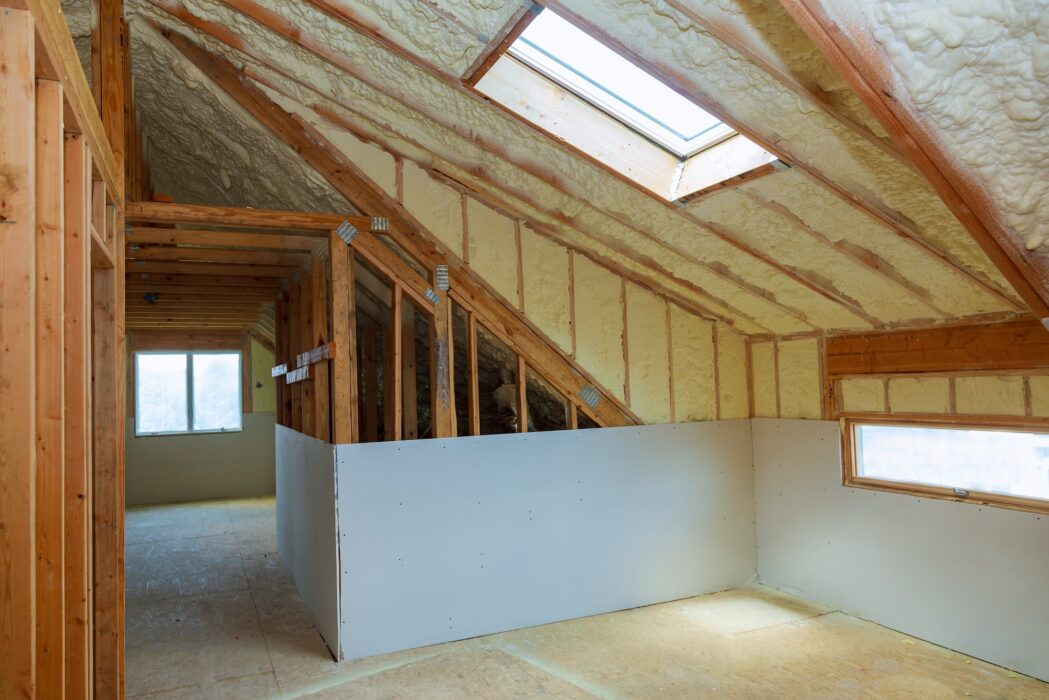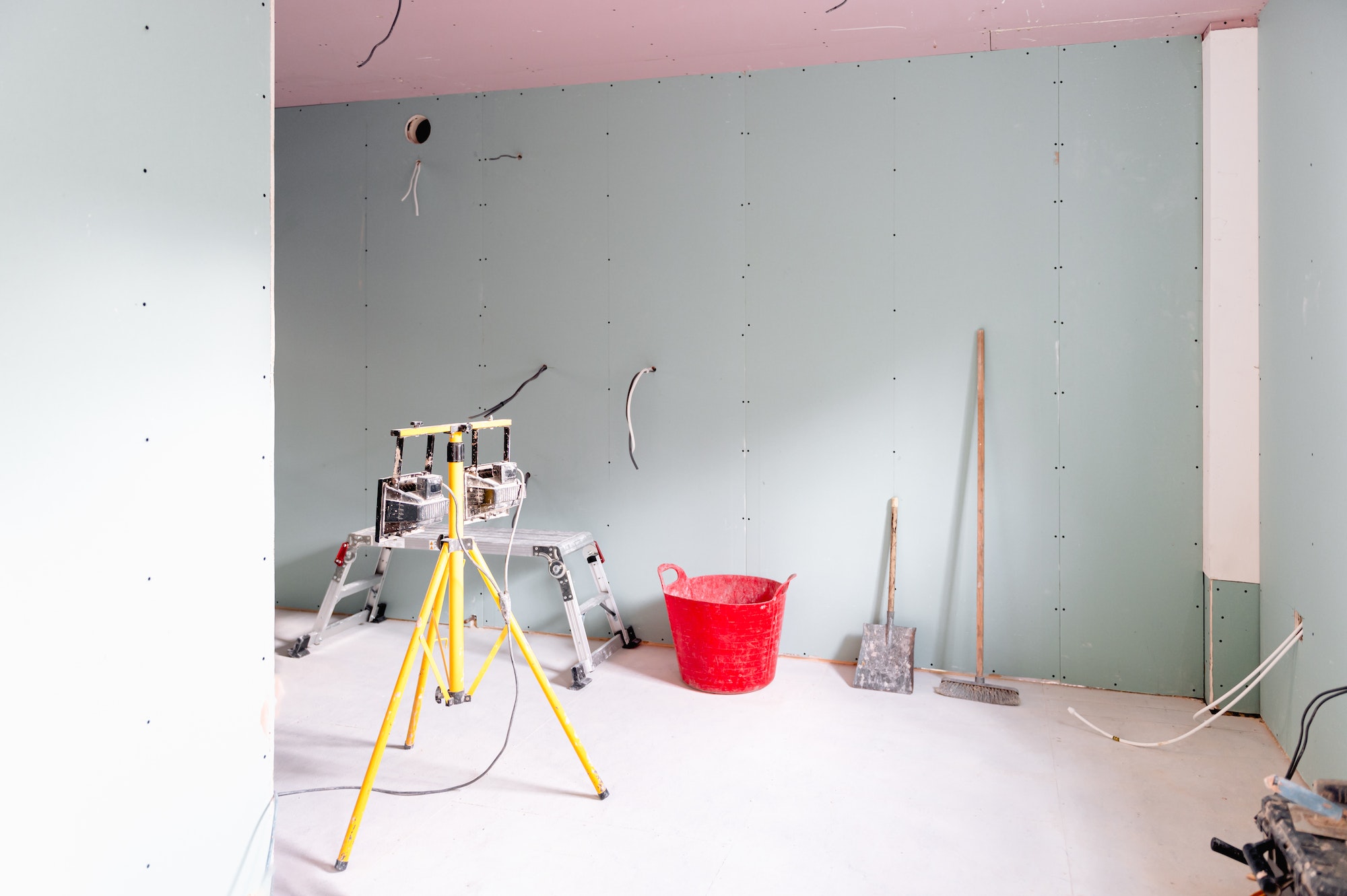Are you considering giving your walls a fresh look by plastering them? It’s always a good idea to know the estimated cost so that you can plan your budget accordingly. The cost of plastering a room can vary based on various factors such as the size of the room, type of plaster, and location. In this article, we will discuss the various factors that impact the cost of plastering a room and provide an estimate of the cost in 2023.
How Much Does It Cost To Plaster a Room in 2023
If you’re considering plastering a room in 2023, it’s important to be aware of the potential costs involved. On average, the cost of plastering a room can range from £600 to £1900 depending on the size of the room and type of plastering required. However, several factors such as the complexity of the job, location of the property, and level of preparation required can impact these costs.
Factors Affecting the Cost of Plastering a Room
| Factor | Description |
|---|---|
| Room Size | Larger rooms require more materials and time, which can increase the overall cost. |
| Type of Plastering | Traditional wet plastering is more expensive due to the time-consuming process and the need for skilled labor. Dry lining and spray plastering are more cost-effective options. |
| Condition of Walls | The presence of cracks or other damage requires additional preparatory work, which can increase the cost. |
| Location | The accessibility and complexity of the design can impact the cost. |
| Type of Materials | The type of plastering material used can significantly impact the cost, with some options being more expensive than others. |
Types of Plastering and Their Costs
The type of plastering and materials used can significantly impact the cost of plastering a room. The most common types of plastering are traditional wet plastering, dry lining, and spray plastering. Traditional wet plastering involves applying wet plaster to a surface and is more expensive due to the time-consuming process and the need for skilled labor. Dry lining involves attaching plasterboard directly to the surface, making it a more cost-effective option. Spray plastering is best suited for larger projects but comes at a higher cost due to its fast and efficient technique.
Saving Money on Plastering
Handling the preparation work yourself can significantly reduce the cost of plastering. This includes removing wallpaper, cleaning the walls, and filling in any cracks or holes. Buying materials in bulk or negotiating a lower price with a plasterer can also save money. It’s important to get multiple quotes from different professionals and compare their rates and services. Finally, choosing a simpler plastering finish or a less expensive type of plaster can reduce costs.
5 Tips for Preparing Your Room for Plastering
-
Clear the room: Remove any furniture or decor from the walls to allow for easy access for the plasterer. This will prevent damage to your belongings and make the process smoother.
-
Protect the floor: Cover the floor with protective material, such as a tarp or plastic sheeting, to prevent any plaster or debris from staining or damaging the surface.
-
Remove wallpaper and paint: Any existing wallpaper or paint should be removed before plastering. This allows for a clean surface and ensures that the plaster adheres properly to the walls.
-
Inspect for cracks or damage: Check the walls for any cracks or damage that may need to be repaired before plastering. Fixing these issues beforehand will prevent them from getting worse and causing future problems.
-
Hire a professional: Hiring a professional plasterer is recommended for the best results. They have the necessary skills and experience to prepare the room properly and ensure a smooth and successful plastering process.
DIY Plastering Tips and Considerations
- Choose the right type of plaster for your walls and ensure proper ventilation in the room.
- Mix the plaster according to the instructions, as incorrect mixing can result in uneven plastering.
- Take breaks in between plastering sessions to avoid overexertion and to keep the room at the optimal temperature for plastering.
- Wear protective gear, such as gloves and goggles, to protect your skin and eyes during the process.
- Take your time and double-check your work, as mistakes can be difficult to correct once the plaster has dried. By following these DIY plastering tips and considerations, you can achieve a professional-looking finish in your room.
The Importance of Proper Plastering
Proper plastering is crucial in creating a smooth and even surface for your walls and ceilings. It not only enhances the overall appearance of the room but also protects it from various damages. Poor plastering can result in issues such as uneven surfaces, cracks, and water damage. These problems can lead to costly repairs in the future, which is why it’s important to have the plastering done correctly from the start. Proper plastering can also improve the energy efficiency of your home by preventing air leaks and maintaining a consistent temperature. Investing in proper plastering is a smart decision, as it is a small expense that can save you from significant problems and expenses in the long run.
Common Plastering Problems and Solutions
| Common Plastering Problems | Causes | Solutions |
|---|---|---|
| Cracking | Poor preparation, application technique, or drying conditions | Address the issue promptly to prevent further damage |
| Bubbling | Air becomes trapped under the plaster | Make small incisions and press the plaster down with a damp sponge |
| Flaking or peeling | Plaster was not applied thinly or evenly enough | Sand down the affected area and apply a new layer of plaster |
In order to maintain the integrity of your plastered walls, it’s important to keep an eye out for these common plastering problems and address them as soon as they arise.
Plastering Maintenance and Repair
Plastering maintenance and repair is important for preserving the longevity and durability of a plastered room. Regular maintenance includes checking for any cracks or damages in the plaster surface and repairing them immediately. If left unattended, small issues can quickly escalate into larger and more costly problems. Repairing plaster helps prevent further damage and maintain the integrity of the wall. Keeping the plaster free from moisture and cleaning it regularly can prolong its lifespan. Proper maintenance and repair of plastered rooms not only ensures their aesthetic appeal but also increases their value in the long run.
Conclusion
In conclusion, plastering a room can be costly, but it is a necessary expense for a smooth, polished finish. The cost of plastering varies based on the room size, plastering type, and location. Proper preparation of the room and hiring a professional plasterer can ensure a high-quality and long-lasting finish. If you’re looking to save money, DIY plastering is an option, but make sure to do your research and understand the risks before attempting the project. Proper plastering is crucial for the long-term maintenance and repair of your walls and ceilings and can improve the value and aesthetics of your home.




